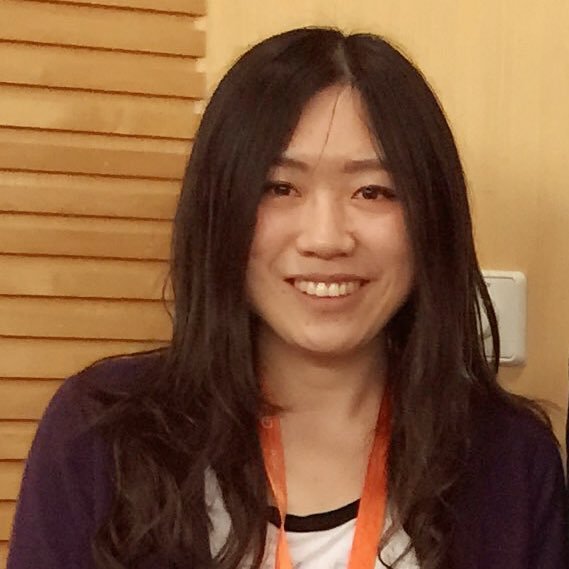
Weixin Tang
@WeixinT
Followers
1K
Following
428
Media
25
Statuses
99
Assistant professor in chemistry at UChicago
Hyde Park, Chicago
Joined March 2011
This week we publish in @NatureBiotech "High-precision cytosine base editors by evolving nucleic-acid-recognition hotspots in deaminase". In this work, we show that both nucleotide and context specificity of deaminases can be reprogrammed by hotspot-focused directed evolution 1/n
2
21
161
All plasmids have been deposited to Addgene: If you are interested in trying these editors, we welcome independent testing and feedback! Forgot to post the paper link: 10/n.
nature.com
Nature Biotechnology - Cytosine base editors are made highly precise through targeted directed evolution.
1
0
2
RT @NatureBiotech: High-precision cytosine base editors by evolving nucleic-acid-recognition hotspots in deaminase .
0
33
0
RT @NatureBiotech: CRISPR editors gain precision via evolved hotspots #NBTintheNews via @CrisprMedicine
crisprmedicinenews.com
CRISPR cytosine base editors have been refined through directed evolution of enzyme recognition loops to enable highly precise DNA editing with minimal bystander effects. Researchers engineered...
0
2
0
Also, a shout-out to the brilliant recent developments in chemical deamination-based m⁶A detection methods, by Chuan he's lab and Chengqi Yi's lab: We are excited to see the field moving forward on multiple fronts! 6/n.
nature.com
Nature Methods - This work introduces GLORI 2.0 and 3.0, enabling sensitive m6A quantification from RNA inputs as low as a few hundred cells.
1
0
1






